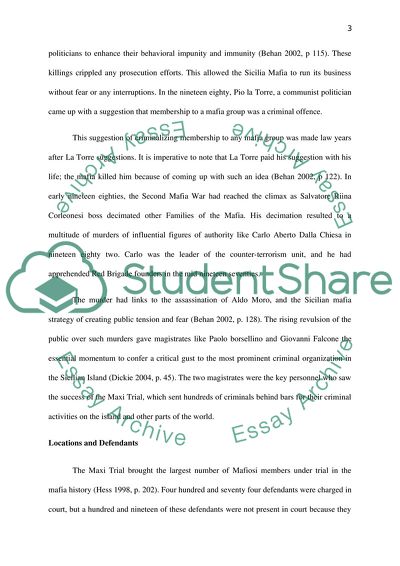Cite this document
(Organised Crime in Europe: The Maxi Trial Report Example | Topics and Well Written Essays - 2250 words, n.d.)
Organised Crime in Europe: The Maxi Trial Report Example | Topics and Well Written Essays - 2250 words. https://studentshare.org/sociology/1773424-the-imapact-of-maxi-trial
Organised Crime in Europe: The Maxi Trial Report Example | Topics and Well Written Essays - 2250 words. https://studentshare.org/sociology/1773424-the-imapact-of-maxi-trial
(Organised Crime in Europe: The Maxi Trial Report Example | Topics and Well Written Essays - 2250 Words)
Organised Crime in Europe: The Maxi Trial Report Example | Topics and Well Written Essays - 2250 Words. https://studentshare.org/sociology/1773424-the-imapact-of-maxi-trial.
Organised Crime in Europe: The Maxi Trial Report Example | Topics and Well Written Essays - 2250 Words. https://studentshare.org/sociology/1773424-the-imapact-of-maxi-trial.
“Organised Crime in Europe: The Maxi Trial Report Example | Topics and Well Written Essays - 2250 Words”. https://studentshare.org/sociology/1773424-the-imapact-of-maxi-trial.


